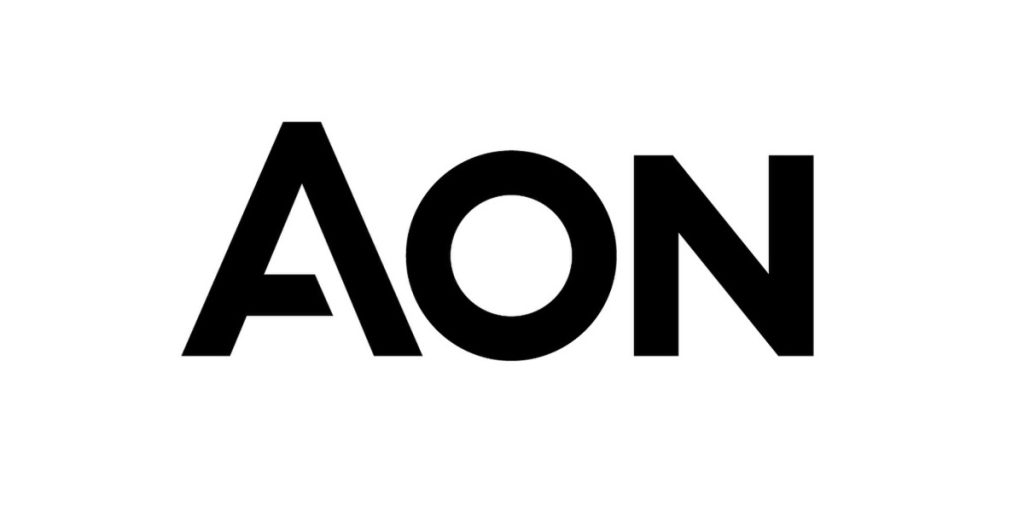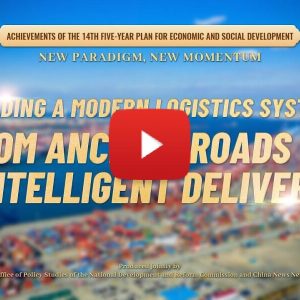
The report highlighted that 40 percent of employees, under 29 years old, and 53 percent of those ranging from age 30-34 are considering seeking new employment within the next 12 months. Furthermore, the report also found that 51 percent of employees who have worked for three to five years are also considering changing jobs in the coming year. These groups include workers involved in execution roles and mid-level managers with several years of experience and institutional knowledge, whose potential departure could affect business continuity and productivity.
The report also found that as prospective employees make decisions about choosing an employer, 57 percent valued work flexibility, while 50 percent valued work-life balance and opportunities for career growth and development.
Healthcare costs on the rise
Healthcare cost is a key concern for employers in Malaysia. Employers are seeing five to 10 percent annual benefits cost increases, primarily due to rising medical costs and increased benefits usage. This financial pressure may lead employers to reconsider benefit levels, challenging employers to maintain or curate a competitive benefits package. This also influences the design of benefits, which impacts employees.
“Wellbeing factors such as emotional, physical, work-life, social and financial are closely linked and interconnected to each other and contribute to the strength of a workforce,” said Surendran Ramanathan, head of Wealth Solutions in Malaysia at Aon. “Improving one area can impact others. Prioritising benefits and wellbeing are not merely a strategic choice; it is necessary for organisations to thrive in a competitive landscape. By investing in comprehensive benefits packages and robust wellbeing initiatives, companies can significantly enhance employee health, engagement and productivity, leading to a more motivated workforce which is crucial for driving the organisation’s success,” Ramanathan added.
Eighty-one percent of employers and 77 percent of employees acknowledged that flexible working improves work/life balance and flexibility. However, 73 percent of employers were concerned with collaboration among teams and 57 percent of employees are concerned about reduced interaction highlighting the challenge of maintaining workplace culture.
While both employers and employees value wellbeing, a gap exists between its importance and actual outcomes. Although 96 percent of those surveyed rated financial wellbeing as a top priority, only 30 percent have assessed their retirement income and feel on track with savings, highlighting a disconnect between current financial habits and retirement planning.
Connie Chung, principal consultant for Wealth Solutions in Malaysia at Aon, said, “Retirement savings are a growing concern. Despite the Employees Provident Fund being key to retirement savings, many retirees lack sufficient funds to cover post-retirement expenses, highlighting the importance of financial literacy and better saving strategies. Financial education is essential for employees’ financial planning across different life stages, equipping them with the necessary knowledge and tools.”
Aon’s 2025 Malaysia Employee Benefits and Wellbeing report can be found here.
Hashtag: #Aon
The issuer is solely responsible for the content of this announcement.
About Aon
![]() Aon plc (NYSE: AON) exists to shape decisions for the better — to protect and enrich the lives of people around the world. Through actionable analytic insight, globally integrated Risk Capital and Human Capital expertise, and locally relevant solutions, our colleagues provide clients in over 120 countries with the clarity and confidence to make better risk and people decisions that protect and grow their businesses.
Aon plc (NYSE: AON) exists to shape decisions for the better — to protect and enrich the lives of people around the world. Through actionable analytic insight, globally integrated Risk Capital and Human Capital expertise, and locally relevant solutions, our colleagues provide clients in over 120 countries with the clarity and confidence to make better risk and people decisions that protect and grow their businesses.
Follow Aon on ![]() LinkedIn,
LinkedIn, ![]() X,
X, ![]() Facebook and
Facebook and ![]() Instagram. Stay up-to-date by visiting Aon’s
Instagram. Stay up-to-date by visiting Aon’s ![]() newsroom and sign up for news alerts
newsroom and sign up for news alerts ![]() here.
here.
Disclaimer
The information contained in this document is solely for information purposes, for general guidance only and is not intended to address the circumstances of any particular individual or entity. Although Aon endeavours to provide accurate and timely information and uses sources that it considers reliable, the firm does not warrant, represent or guarantee the accuracy, adequacy, completeness or fitness for any purpose of any content of this document and can accept no liability for any loss incurred in any way by any person who may rely on it. There can be no guarantee that the information contained in this document will remain accurate as on the date it is received or that it will continue to be accurate in the future. No individual or entity should make decisions or act based solely on the information contained herein without appropriate professional advice and targeted research.








